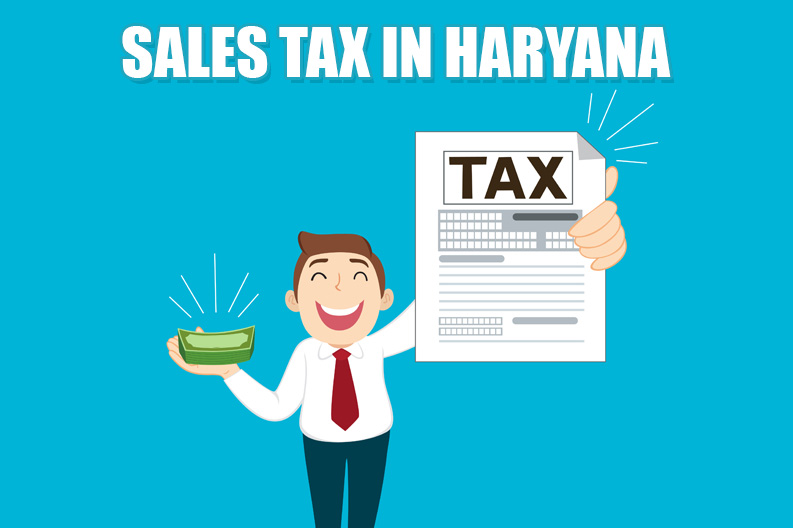The sales tax in India was introduced with the motive of enhancing the revenue earnings of the states. It was identified that trade activities were inherent to the growth of an economy of any developing country. With the introduction of sales tax, trade could be formalized and states could earn a return for every trade carried out in their region.

Let us understand the scenario of sales tax in Haryana and how it is levied in the state.
Who manages sales tax in Haryana?
Although the sales tax in Haryana is levied by the state government of Haryana, the responsibility for the administration of sales tax rests with the Central Board of Indirect Taxes and Customs. The Board works under the Ministry of Finance as one of its division. The Board consists of a chairman and various members who represent the different branches of indirect taxes. The Board is entrusted with the task of framing necessary policies which pertain to the administration of sales tax in Haryana. Also, if any disputes arise regarding the sales tax, it is handled by the Board.
Objective behind framing sales tax provisions
We have a dedicated network of indirect taxes that help in the swift development of the country and states. The taxes collected by the state governments prove to be an important method to boost growth and development. Thus, each state in India, such as Haryana, is free to determine its rates of taxes which it wishes to levy on sales carried out in its region.
The basic objective behind framing the sales tax provisions by the state of Haryana are:
- It provides rules and provisions regarding levying, collection and the ultimate distribution of taxes which are collected from the sales of goods in Haryana.
- It helps to decide rules regarding effective date of sale and purchase by a seller.
- It helps make a clear and distinct classification about goods and services and trade activities.
The sales price, for the purpose of calculating sales tax, is taken to be the price which is paid by the purchaser of goods to earn the ownership of the goods. Hence, sales tax is calculated at the amount which has been paid by the buyer of goods. Thus, sales tax is an amount calculated by multiplying the price paid for a product and the rates of sales tax applicable on that product.
Dealers need to follow certain guidelines and rules in order to comply with the provisions regarding sales tax in Haryana.
Frequently asked questions
- What are the various forms to be furnished by a dealer for the purpose of sales tax?
There are various forms, such as Form C, Form D, Form E1, Form F, Form H, Form I and more, for different purposes and can be used by a dealer of goods in order to comply with the provisions of sales tax in Haryana.
- What is the purpose of providing sales tax at the state level?
Looking at the vastness of the country, it makes sense to levy tax at the state level as well so that it can be implemented well and can be tracked well. Maintaining at the local level would help the state governments manage the tax system well. This was also seen as a genuine way to increase and enhance the revenue earning capacity of the states.
- What are the different ways in which a dealer can possibly be fined for violating any rules related to sales tax?
Some of the common violations of the sales tax laws include providing false information, leading the authorities to believe incorrect information, not obtaining the relevant dealer number within the prescribed time frame, misappropriating goods subject to sales tax on discounted rates, collection of sales tax from a customer when the dealer is not registered, and more.
- On what basis is sales tax charged?
Sales tax is charged by the state government on the cost price of a product, which is multiplied by the rate of sales tax applicable at that time, to arrive at the figure of sales tax amount due.
